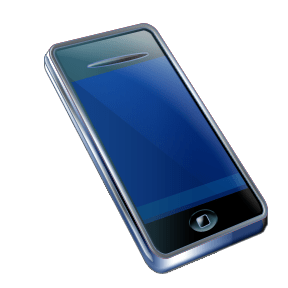mHealth?
The world of health information management is filled with acronyms – shorthand for things too long to say or type. CIHI, HIM, PHR, HI and the like, pepper our daily conversations and writings. Just when you think you know them all, and it’s safe to stop learning, up pops another one! Now we have mHealth. mHealth? Yes, mobile health.
mHealth is a subsection, a part of, eHealth. It deals with the health delivery activities using mobile devices – PDAs, smart phones, etc. Isn’t that telemedicine? Well, according to those in the know, it is part of telemedicine, but is a separate component. Telemedicine is traditionally associated with computers linked to the internet, that is, care providers use computer technologies to discuss issues with  patients in distant locations, and perform or report on some examinations and procedures. Whereas mHealth refers to services provided or health data collected or exchanged on mobile, although not necessarily internet connected, devices such as smart phones or iPads.
patients in distant locations, and perform or report on some examinations and procedures. Whereas mHealth refers to services provided or health data collected or exchanged on mobile, although not necessarily internet connected, devices such as smart phones or iPads.
Mobile health is seen as the solution to many of the challenges faced in delivering safe and effective care to populations in the developing world. Where there may not be modern health institutions nor every type of imaginable diagnostic testing facility, there is the growing use of mobile phones. Using the philosophy of using what you have, using the ubiquitous mobile phone technology to collect and transmit medical data makes sense. And the use of mHealth isn’t just for the collection of data to remotely diagnose and treat a person, rather mHealth can be as simple as a pedometer telling you how far you walked today, or a calorie counting app that lets you know you probably shouldn’t have had that last cookie! On a much larger scale, mHealth technologies can be used to share information for entire populations. Imagine if the technology were used to identify potential health risks in an area – notification of a contaminated water supply for example, or the outbreak of an infectious disease.
So what does this mean for the HIM professional? Well, as the HIM professional deals with health data and information regardless of format or source, this would seem to be one more data source with which the HIM professional must become familiar. I can imagine that the mHealth data will become part of a person’s PHR which will require the same diligence in assisting the person in managing the data, in working to ensure upload and download compatibility to organizational systems, and exacting the same standards for privacy and confidentiality.
I wonder what the next new thing will be?





